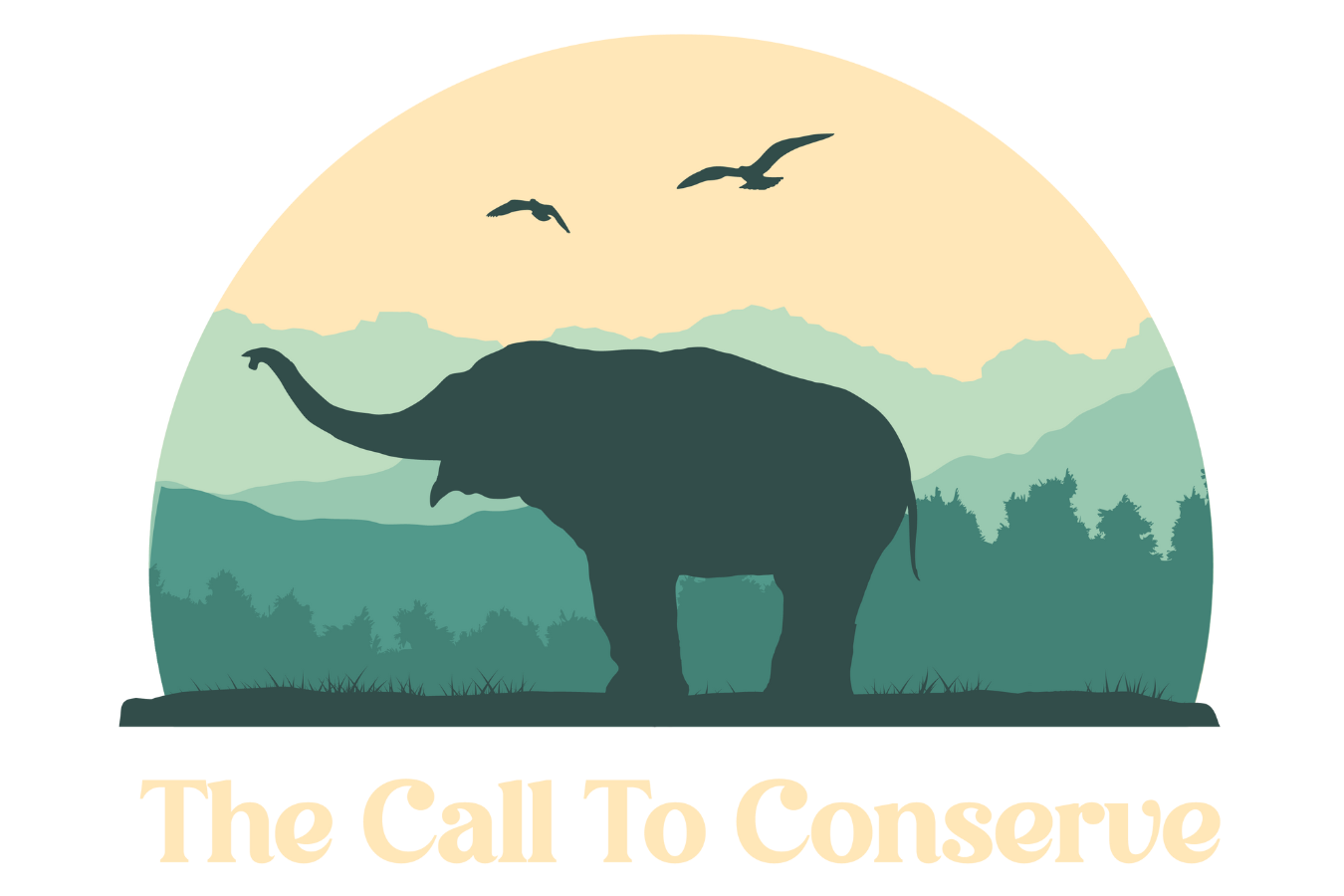Putting Wildlife Welfare Over Human Desire
For as long as we know, the human race has been using and abusing wildlife. We see it all the time in the tourism industry… elephant rides, cub petting, circuses, the list goes on. In these kinds of activities, the human fascination trumps the concern for animal welfare. But this doesn’t always look so extreme, sometimes it’s a bit more subtle than something like a circus act.
Even at the most ethical of sanctuaries and professional of zoos the humans working with the wildlife need to constantly be checking in with themselves about what is necessary touch and what is simply to fill the humans desire for interaction. But where does this yearning for interaction with wildlife come from? Here’s what I think…
How Do Animals Experience Emotions?
We first go wrong when we anthropomorphize animals, this means to assign human feelings and emotions to another species. The issue is not that these animals don’t have emotions, but rather that there’s no way for us to know exactly how they experience their emotions, and for us to project our own thoughts and feelings simply is not accurate.
When we assign human emotions to other species we also tend to forget how heavily animals operate on instinct. By putting our complex logic and problem solving skills on a predator like a tiger, we may get too close thinking they won’t harm us because we haven’t done anything to harm them. This could end up being a dangerous situation because when it comes down to it, a tiger is acting on instinct.
However, we do this with every single species, not just dangerous predators like tigers. We talk about how much our dogs love us, how happy our cats are, and alternatively, how certain species dislike us. When it comes down to it, assigning the word love to a dog may be off base as they may just gravitate towards the people who feed them. Similarly, assigning the word “happy” to a cat assumes that they experience that emotion in the same way we do. Assuming certain species dislike us is projecting that these species even think of us and have any sort of care towards humans.
At the end of the day, we don’t know what emotions animals experience and we likely never will because they can’t tell us. Although behavioral research has gotten us close, understanding behavior vs. what an animal is actually thinking and feeling does not always overlap.
How Anthropomorphism Controls Our Actions
The main issue here is the way that we proceed to act towards animals when we anthropomorphize so much. When we assume an animal (especially wildlife) loves us and would never hurt us, we trust them too much and can often end up in a dangerous situation. If we assume a rhino has loving feelings towards us, we will let our guard down at which point they can take advantage of our lack of awareness.
Additionally, by assuming an animal has positive or even loving feelings towards us, we impose our presence on them. Rather than maybe gauging how they react to our presence and allowing them to make the first move to either interact or not, we go straight to them without a second thought.
It’s unfortunate because we then hear about wildlife attacking humans and it’s always the animal that suffers for it, but what if that animal was giving queues and warning signs that it did not want to interact with the human, but the human was too wrapped up in filling their need for interaction that they could not see the signs?
In this case (and in all cases where there is conflict between humans and captive wildlife), it is the humans fault. If an animal does not have free will and we do, it’s our responsibility to protect their autonomy rather than take advantage of it.
How to Move Forward With Welfare in Mind
Every animal lover out there has the desire to interact with animals closely, and this is not something to feel bad about! The most important things to remember when approaching an interaction are:
Safety
How free the animal is to reject that interaction
Why you’re initiating interaction
These are especially important when it comes to captive wildlife as they often have increased levels of stress which can be easily exacerbated by human interaction. Therefore, even if it’s safe to interact with the animal, think about why you’re approaching the individual. For example…
Are you approaching the animal for medical care?
To give food/water?
To do something to their benefit?
Or…
Are you approaching the animal because you want to interact with them?
Do you simply feel the desire to touch the animal?
Are you doing something that benefits the animal, or just fills your need for interaction?
Source: AFP/Getty Images/Isaac Kasamani
While these can be hard questions to ask yourself, it’s vital that you do in order to identify who you are serving. Keep in mind, this is not only for tourists/visitors of captive wildlife but also for veterinarians, zoo keepers, those who work closely with animals everyday! Just because you have a profession that brings you close to animals does not mean there is a free pass for unnecessary interaction.
At the end of the day we all want to improve the welfare of animals on our planet, and in many cases that means simply stepping back and giving animals room to live their lives without so much human intervention. If we can be less self-involved with wildlife care and interaction, we can make major steps towards better welfare.
🐘 We're proud to partner with SafetyWing to provide travel insurance for ethical travelers.
When you use our affiliate link, you’re directly supporting our nonprofit’s work in wildlife welfare and ethical tourism.
Learn More & Get Covered

